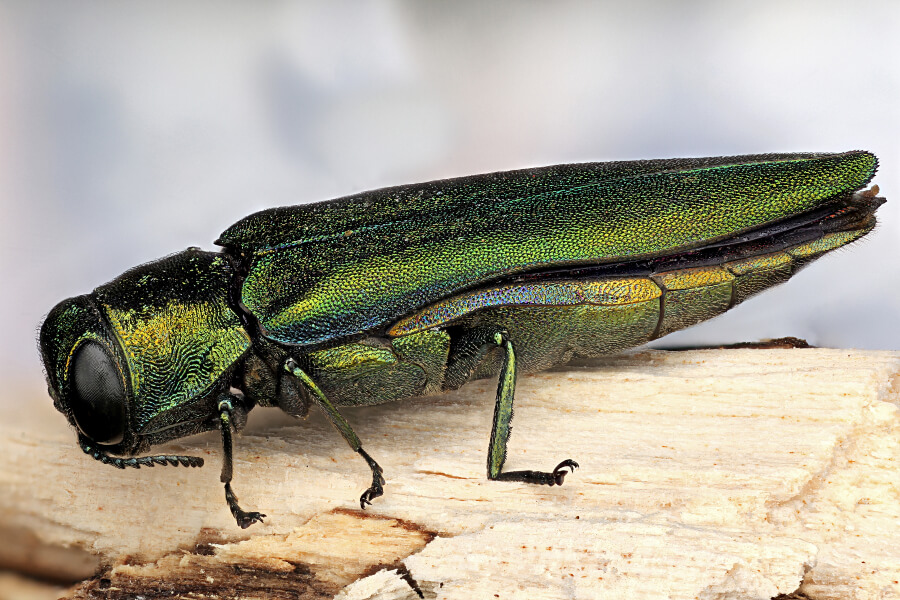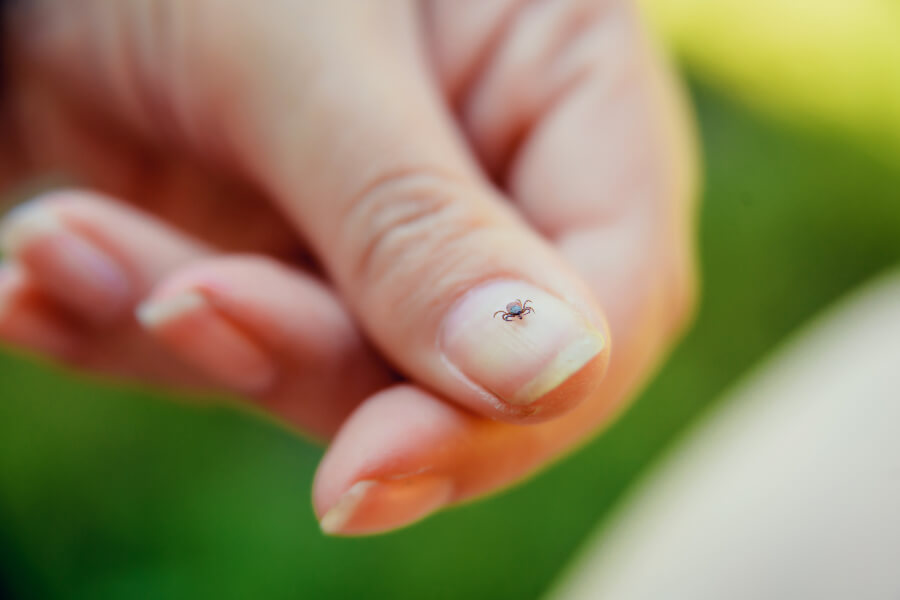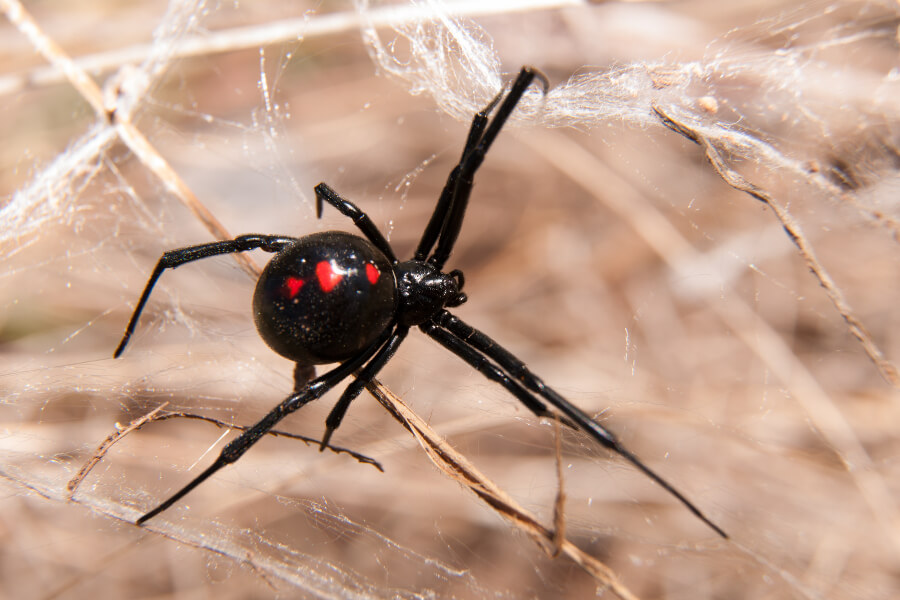It’s International Talk Like a Pirate Day! In honor of this historically awesome calendar celebration, we decided to investigate what sort of pests pirates contended with.
Avast ye! Here’s our treasured information…
These scurvy lads weren’t alone on their pirate ship. They often had the company of rats and fleas. In fact, rats would often attack the pirates if they were disturbed from their hiding places in cracks and crevices. Blimey! Maybe that’s why pirates seem so filthy. They probably didn’t want to thoroughly clean their ship for fear of a rat pack attack!
Reeling from a rat or flea bite, the pirates screamed, “ARRRGGGHHHH!” and then occasionally contracted scabies. If you’re unfamiliar with scabies, it’s a skin rash that leads to a whole lot of itching.
Many pirates had the unpleasant job of sweeping the rats off of the ship and into the water. As you can imagine, this is probably when a lot of the rat and flea bites happened. The rats were forced out of their hiding places. The fleas, sensing their rat meals were leaving, would often latch on to the nearest blood meal–the pirate sweeping the ship. Because fleas can lay up to 500 eggs, this must have been an incredibly unpleasant experience.
Out to sea and on the run, pirates didn’t have the convenience of calling The Bug Man to rid them of their rabid rats and fierce fleas. All they could do was batten down the hatches, try to keep in shipshape, and make sure the Jolly Roger was properly displayed until they hit land.
You may not live on a pirate ship. But if you do find yourself yelling, “Shiver me timbers!” at the sight of a rat or flea waiting to pillage your living space, we’re here ready to blow the man down. Or blow the rat down. Or blow the flea down. The point is…we’ll take care of it for you. 🙂










